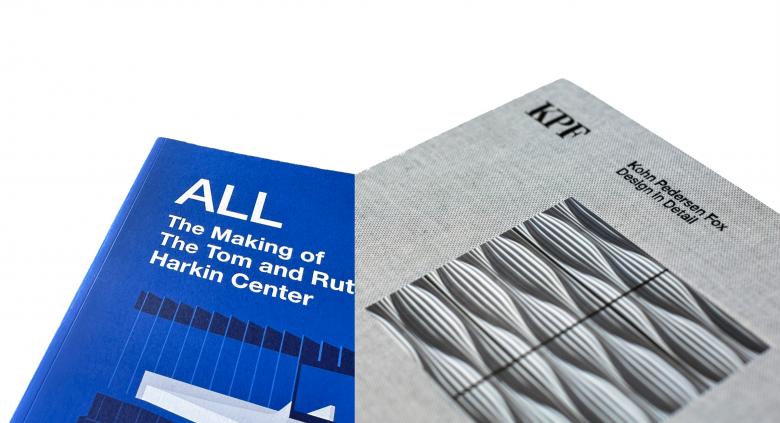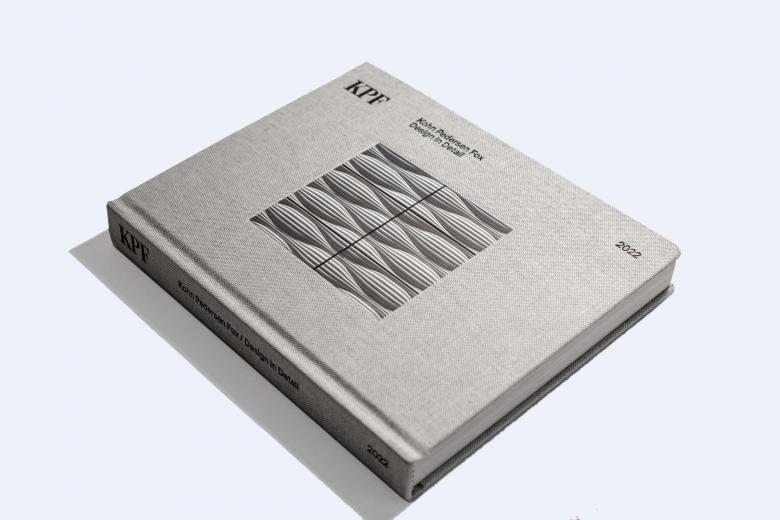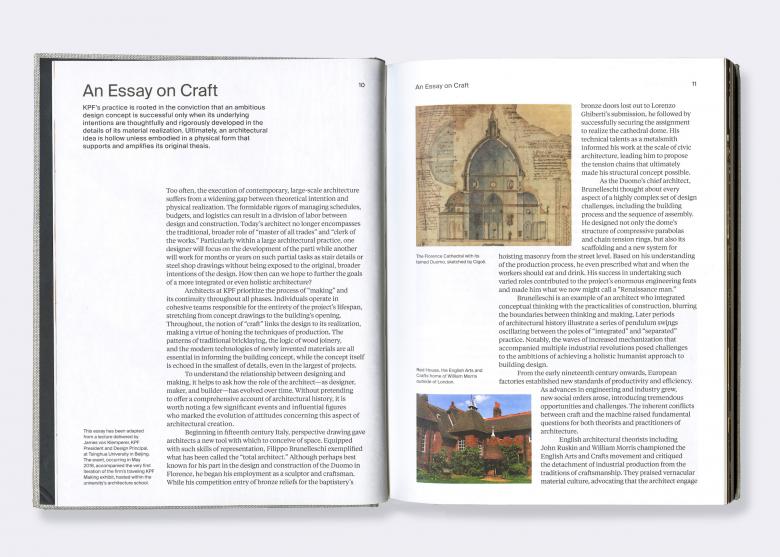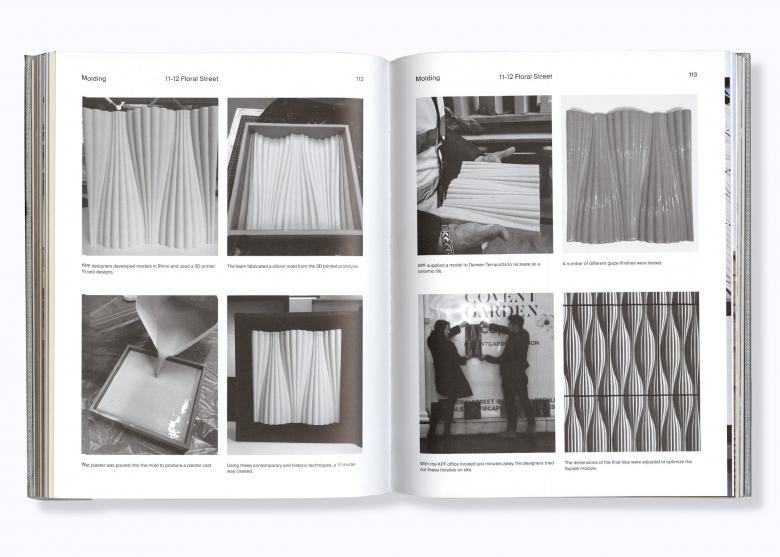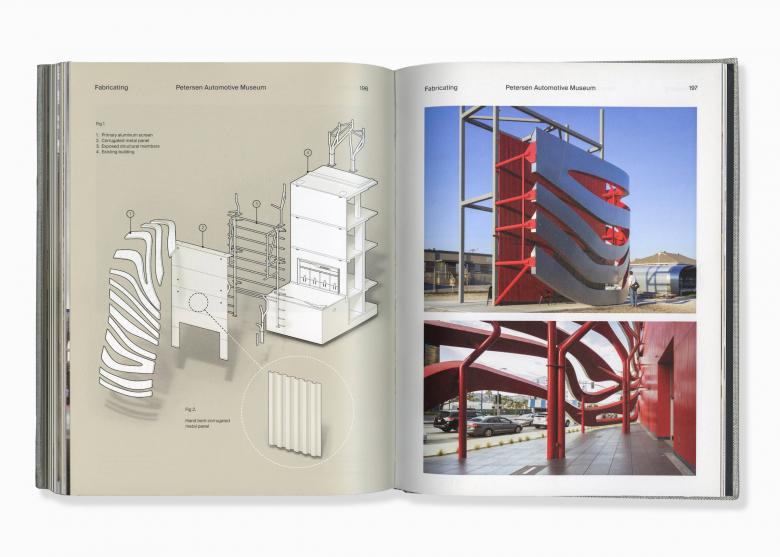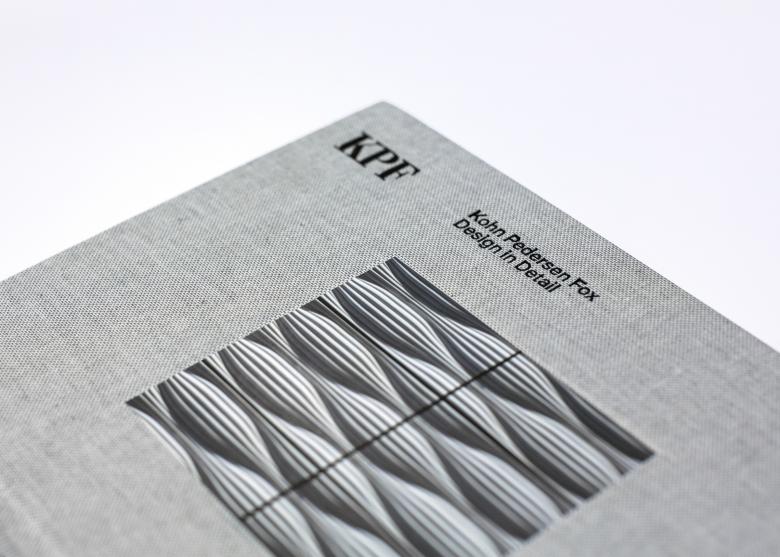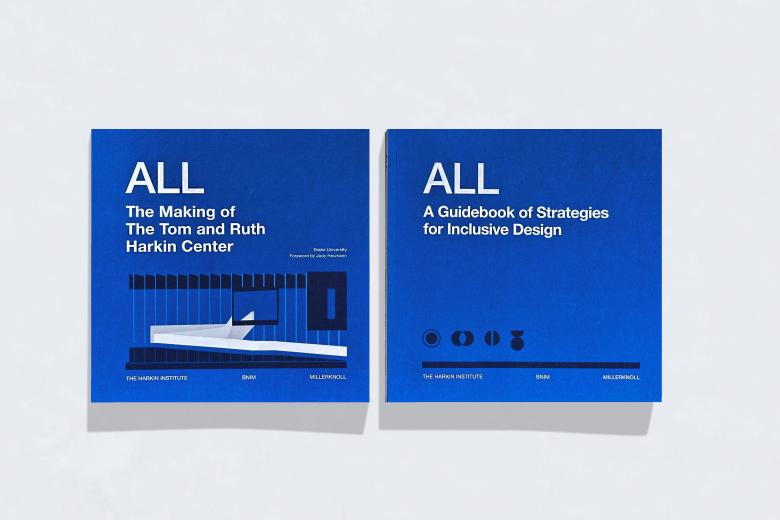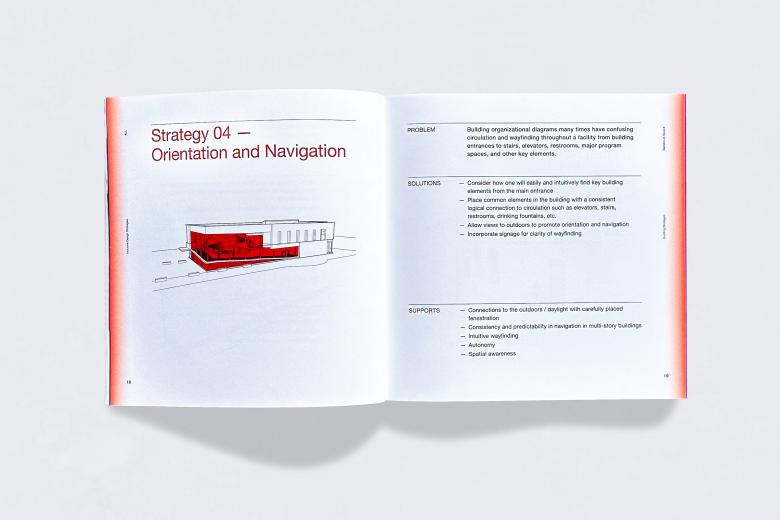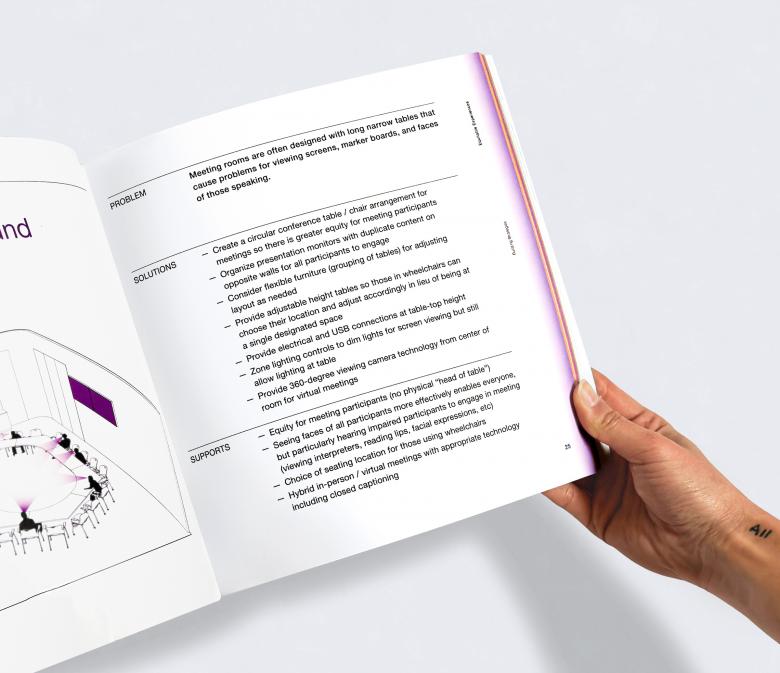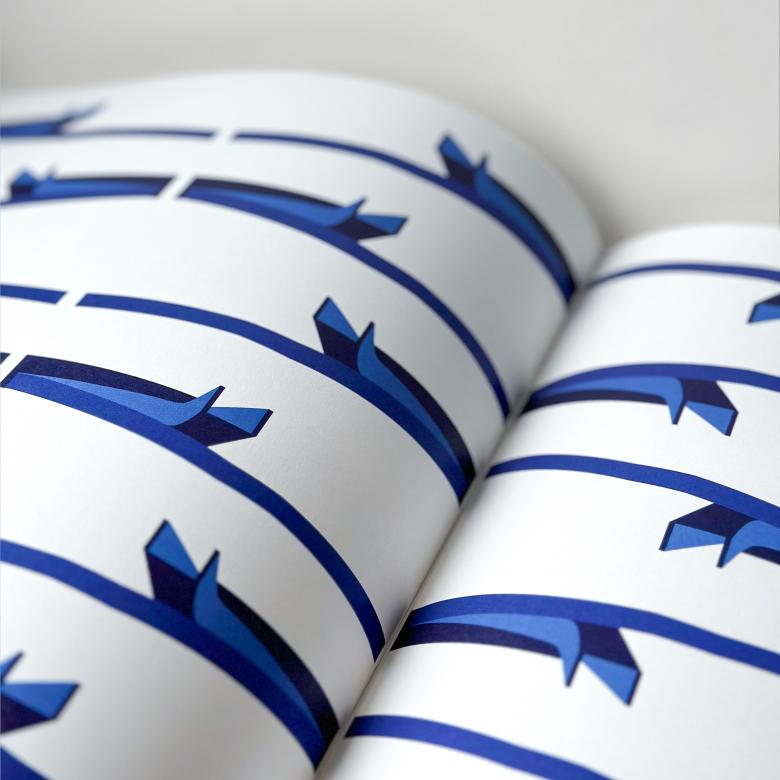Architects, Self-Publishing
John Hill
15. maggio 2023
Image: World-Architects; photos courtesy of BNIM and KPF
To publish, or self-publish, that is the question. Well, that is one question for architects to consider these days, as publishers cut back on the number of architecture titles they release, and technologies make it easier than ever to independently publish books in print. World-Architects reached out to a couple of US firms in regards to two recently self-published books.
Although self-publishing is hardly new — it can be traced as far back as 1843, when Charles Dickens printed 6,000 copies of A Christmas Carol himself due to lack of interest on the part of publishers — and desktop publishing, print-on-demand, and online marketplaces now make it very simple for anyone to do it, very few architects have exploited the potential of self-publishing. Most architects and architecture firms opt to go the traditional route, but with publishers ever more selective in what they choose to release, especially in the genre of architecture, self-publishing is an increasingly desirable option for architects wanting to get their buildings and ideas in print.
Two examples of firms opting to self-publish are presented here: ALL - The Tom and Ruth Harkin Center by BNIM and Design in Detail by KPF. While a good deal of self-published books are physically inferior to books produced by publishers — from the covers and the binding to the page layout and the copy-editing — these examples show that production quality is not exclusive to publishing houses. No doubt, the fact these two books come from fairly large and well established firms with requisitely sizable marketing staffs and budgets contributes greatly to their success — in metrics other than sales, that is.
World-Architects asked a few questions to each firm about their efforts in self-publishing, focusing more on the why than the how (the latter involves far too many parts to include in a brief "Found" article). Other firms interested in the approach might want to do the same: determine the reasons for publishing a book before taking the practical steps in making it happen.
Design in Detail
Cover of Design in Detail by Kohn Pedersen Fox (KPF). Photo: Kohn Pedersen Fox (KPF)
Design in Detail presents brief case studies of fourteen recently completed KPF projects, focusing on specific details in each building: the bronze screens on the facade of 23-39 Blue Pool Road in Hong Kong, for instance, and the flowing bamboo walls in the lobby of One Jackson Square in New York. The project presentations are titled with single words that describe their making: Casting in the case of Blue Pool Road and Milling for One Jackson Square. Short descriptions, photographs of the completed buildings, construction photographs, and rendered drawings of the detailed components are provided in a consistent format for each project. The book, published last year, is the outcome of a series of exhibitions that were first displayed in Beijing in May 201, "highlighting the firm's achievement in craft, from the supertall skyscraper to the low-rise neighborhood." James von Klemperer, KPF president and author of the book's introductory “Essay on Craft,” responded to our questions.
“An Essay on Craft,” interior pages of Design in Detail. Photo: Kohn Pedersen Fox (KPF)
KPF has done many books — monographs, mainly — with numerous publishers (Rizzoli, Images, ORO, Birkhäuser), but Design in Detail is different in that it is self-published. What led your firm to self-publish this book?Naturally, a book about making things should call attention to its own physical assembly: how it was bound, the cloth chosen for the cover, paper weight, etc. Also, throughout the process of self-publication, the affiliated arts of graphic design, type setting, and photography were more directly within our control.
Process photography of 11-12 Floral Street terra cotta tiles, interior pages of Design in Detail. Photo: Kohn Pedersen Fox (KPF)
What do you hope to accomplish with Design in Detail and any other in-house publications that are made available to a wider audience?As a firm whose design emerges not from one or two authors, but rather from the hands and minds of many, it is especially important for us to define the common ground that we occupy. This topic of craft illustrates many of the architectural values that are shared within our group of designers.
Façade diagram and details of Petersen Automotive Museum, interior pages of Design in Detail. Photo: Kohn Pedersen Fox (KPF)
Do you recommend self-publishing to other architecture firms and, if yes, why?Yes. It’s gratifying to see such an exemplary volume emerge from the efforts of a group of relative amateurs. Architects often thrive when taking on such new challenges. Since the scale of our buildings preclude the possibility of our creating them with our own hands, we can be especially proud to say the we produced our own book.
Cover of Design in Detail by Kohn Pedersen Fox (KPF). Photo: Kohn Pedersen Fox (KPF)

Design in Detail
Kohn Pedersen Fox
223 Pagine
Hardcover
ISBN 9798218021160
Kohn Pedersen Fox (KPF)
Purchase this book
ALL - The Tom and Ruth Harkin Center
Photo: BNIM
ALL is two books in one — literally: ALL: The Making of The Tom and Ruth Harkin Center and ALL: A Guidebook of Strategies for Inclusive Design. The two books are bound together tête-bêche, with one inverted in respect to the other; they meet about halfway in a spread with a graphic of the most important element of The Harkin Center: the ramp. Established by former Senator Tom Harkin, who was lead sponsor of the 1990 American with Disabilities Act (ADA), and his wife Ruth in 2013, The Harkin Center at Drake University aims to “catalyze change on issues of social justice, fairness, and opportunity.” BNIM designed the new home for The Harkin Center, completed in 2020, as “a building that not only elevates standards for inclusive design but initiates the consideration of a new definition of sustainable design.” These two considerations — inclusive design and sustainable design — are presented comprehensively in the 67-page Making half of ALL, while the longer 103-page Guidebook focuses on inclusive design via 19 “Building Strategies” and 18 “Furniture Strategies,” the latter developed by MillerKnoll. Like other titles in BNIM's library, ALL is browsable online and available to download as a PDF.
The north facade of The Tom and Ruth Harkin Center at Drake University. Photo: BNIM
Years ago, Flow: The Making of the Omega Center for Sustainable Living was put out by ORO Editions. Your latest book, ALL - The Tom and Ruth Harkin Center, though also a case study of a BNIM building, is self-published (with The Harkin Institute and MillerKnoll). What led your firm to self-publish this book?
We see All as a living document that will continue to be evaluated, refined, and expanded, as we continue to research important issues in inclusive design with the Harkin Institute. We self-published All as a first edition of what we think is the beginning of a series of instructional books of strategies for a spectrum of abilities. We hope to self-publish more books in the future, but we are also looking to collaborate with publishers in the inclusive design publishing space.
Spread from ALL: A Guidebook of Strategies for Inclusive Design. Photo: BNIM
What do you hope to accomplish with ALL and any other in-house publications that are made available to a wider audience?BNIM’s core purpose is to “design and deliver beautiful, integrated experiences to inspire change and enhance the human condition.” Our work over the decades has been at the leading edge of the sustainable design movement and has served as a model in many cases. We have felt that what we learn through our work to improve planetary and human well-being needs to be documented and shared with others. In the firm’s spirit of generosity and collaboration, we have enjoyed documenting our work not only for our design staff to continue to learn and elevate what we do, but to educate and amplify the work of many other design firms to enhance the human condition on a global scale. For All, we determined during our design process for the Tom and Ruth Harkin Center that we needed to coalesce what we were learning about a more broadly inclusive spirit of design into an easy-to-understand set of guiding principles and strategies to elevate the importance equity and inclusion in buildings. We also enjoy creating and expanding our library of our work as another opportunity to design.
Other recent books include Interweave, Subject to Change, and This is Every Building.
Detail of ALL: A Guidebook of Strategies for Inclusive Design. Photo: BNIM
Do you recommend self-publishing to other architecture firms and, if yes, why?Self-publishing can be a good option for architects as it allows them to be flexible with the content, design, schedule, and distribution of their books. It can be cost-effective for smaller firms with limited funds especially when the books are distributed online and on social media. Self-publishing allows architects to target niche audiences and create specialized content that may not appeal to mainstream publishers. Architectural firms can showcase their unique perspectives and share their design philosophies and approaches, while building their recognition and appeal.
On the flip side, we rely on publishers like ORO to help us reach a wide audience on important projects and topics that might not go the distance with self-publishing. For instance, 2000 copies of FLOW were printed and distributed. While self-published books have many advantages, being published offers a much larger impact.
Graphic detail of the Harkin Center ramp, at the meeting of the two ALL books. Photo: BNIM
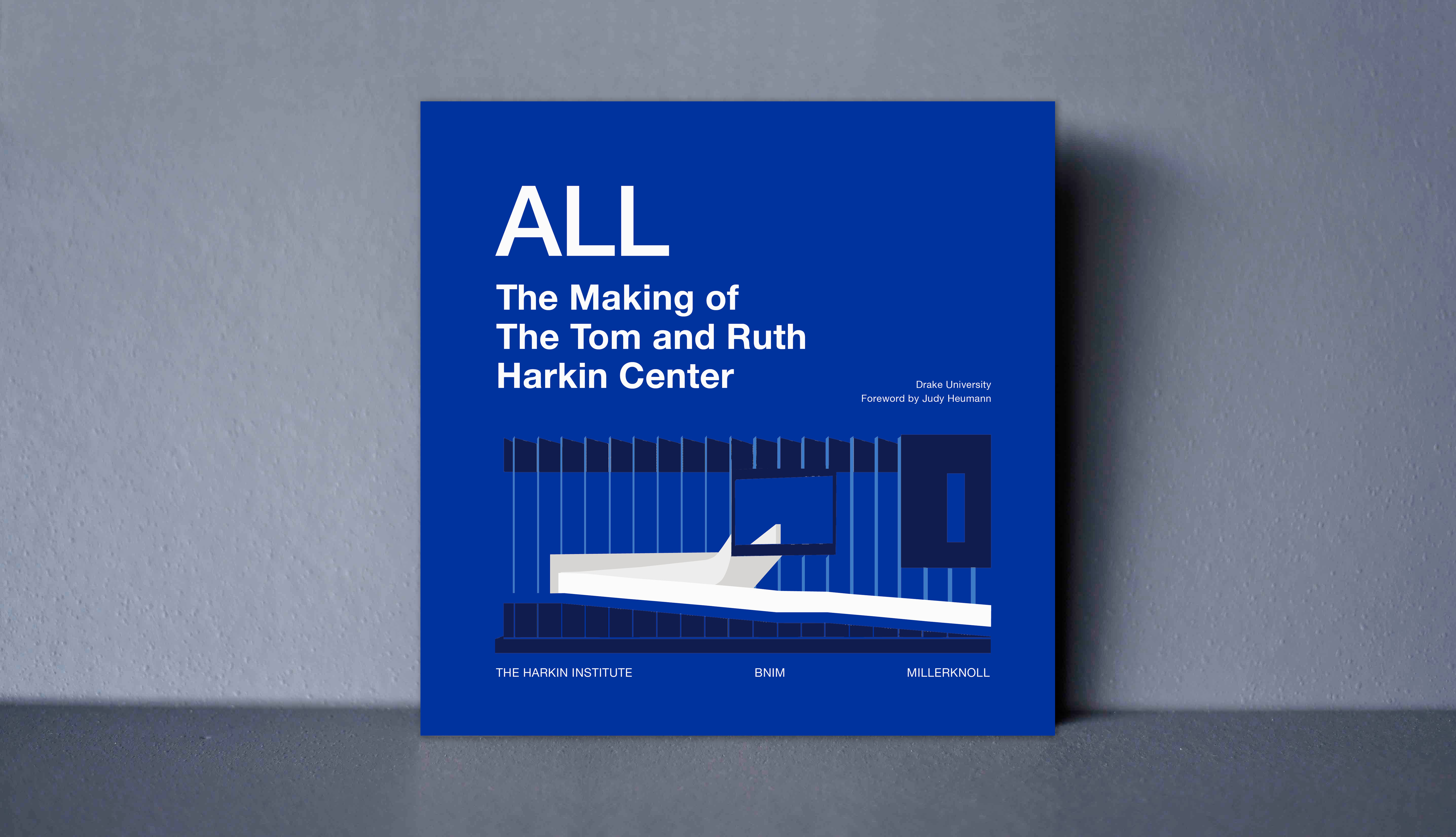
ALL - The Tom and Ruth Harkin Center
By Kevin Nordmeyer and Jason Kruse (BNIM), Daniel Van Sant (The Harkin Institute), Senator Tom Harkin, Judy Heumann (Foreword)
Book design and editing by BNIM (Emily Herndon, Natalie Gaydar, Beena Ramaswami,Kate Kovarik, James Baker, Jamie Kluesner)
170 Pagine
Paperback
The Harkin Institute/BNIM/MillerKnoll
Purchase this book
